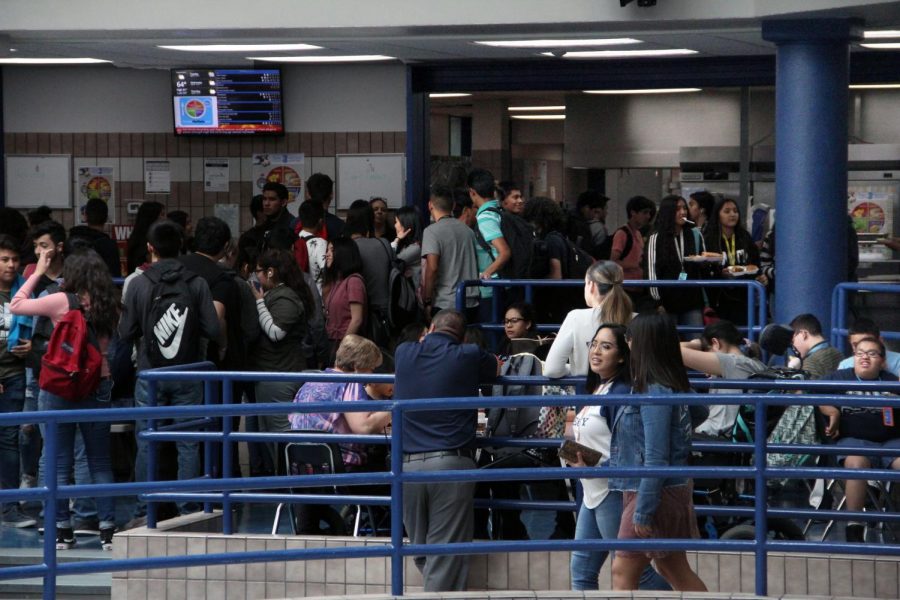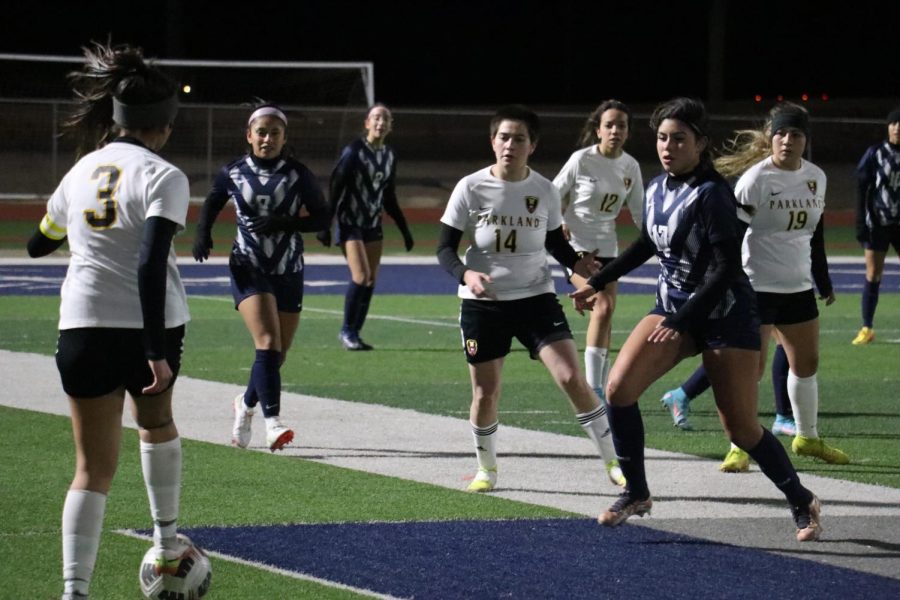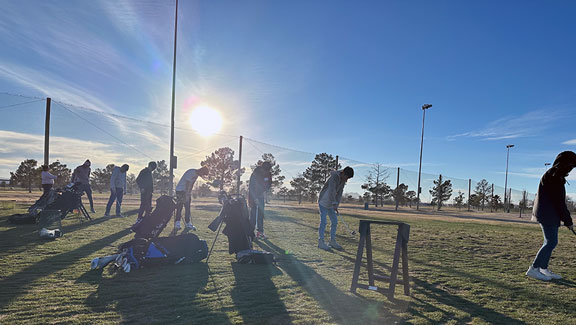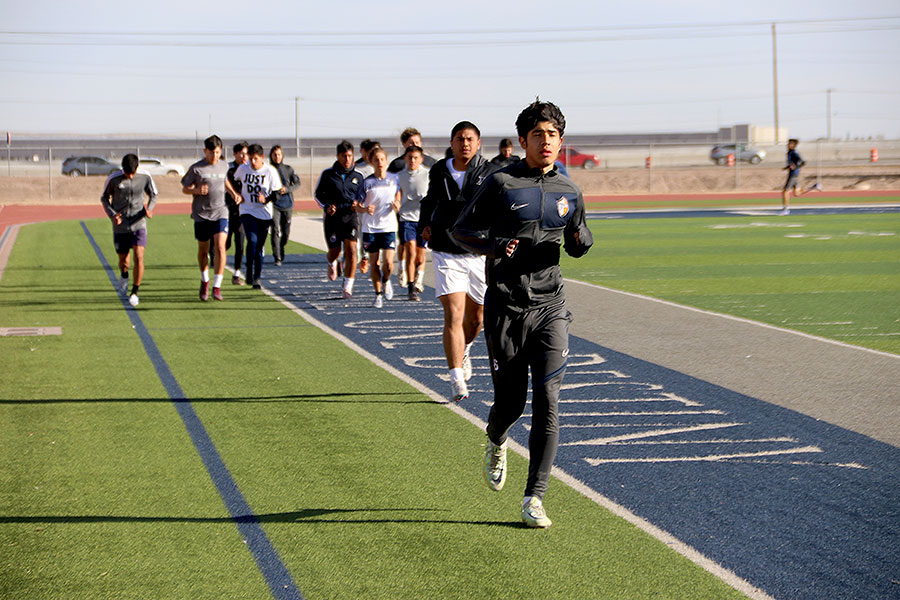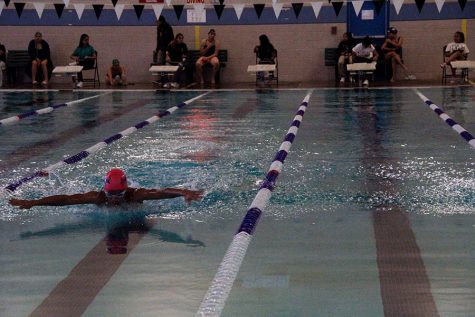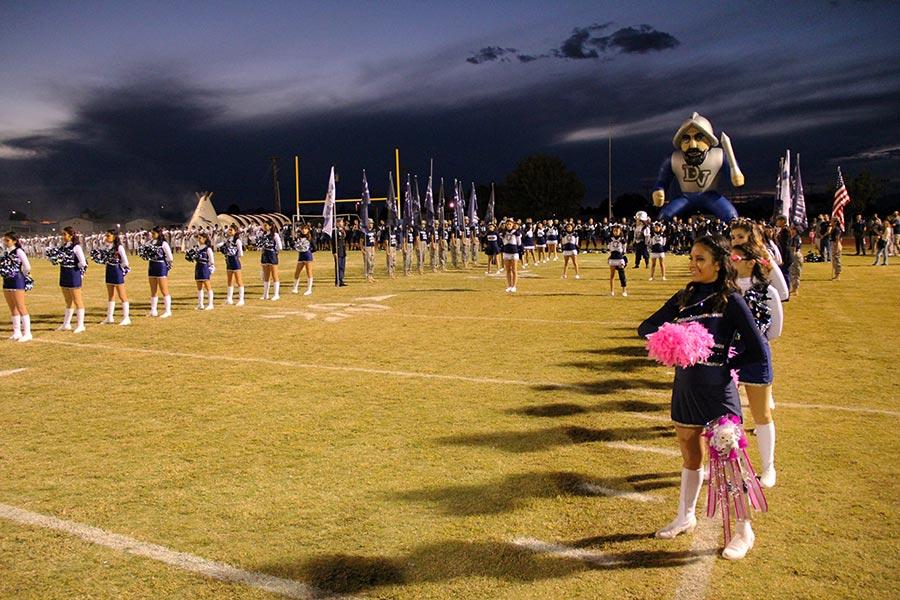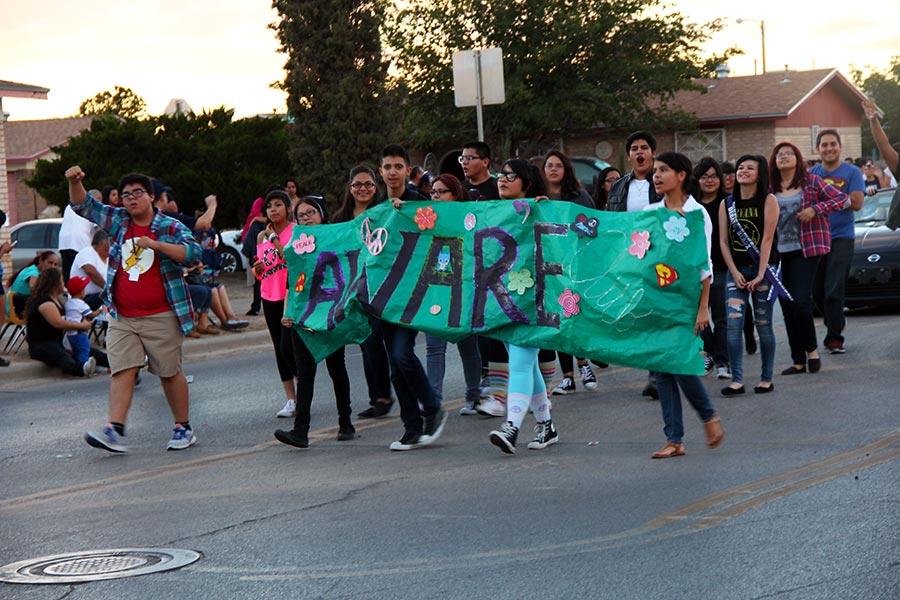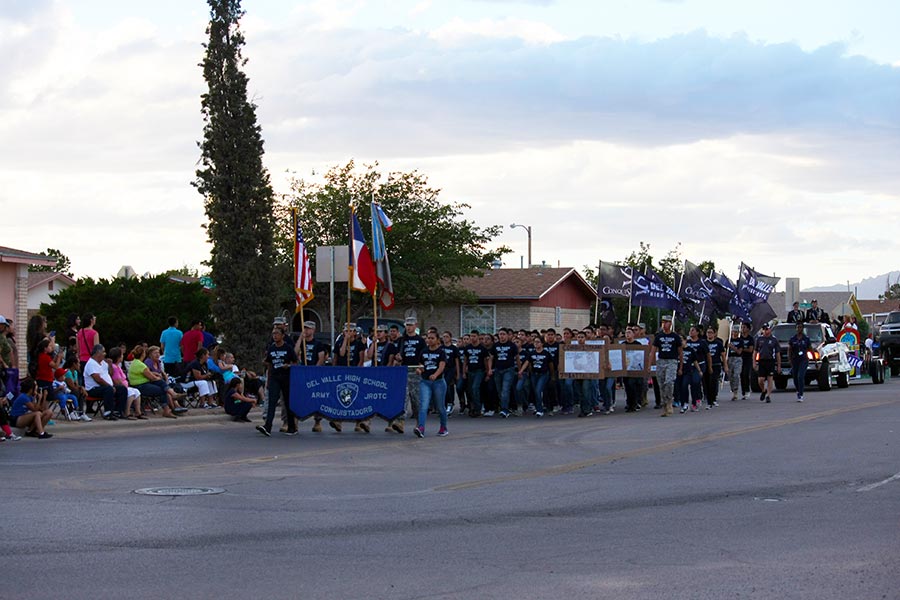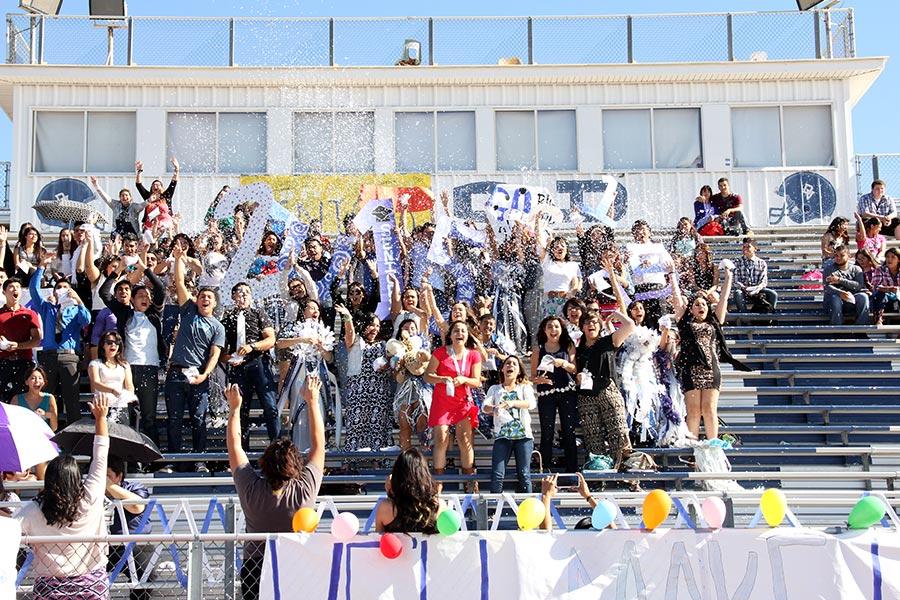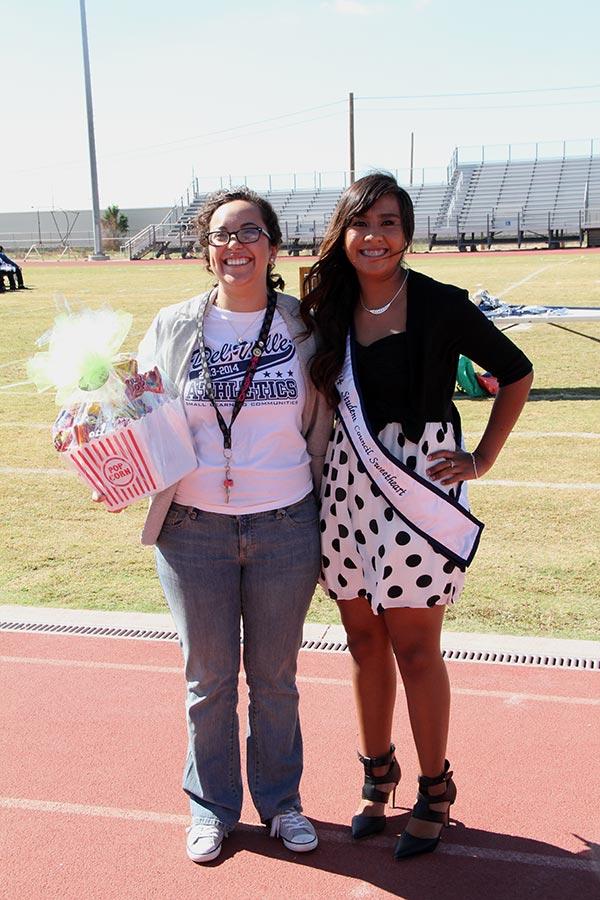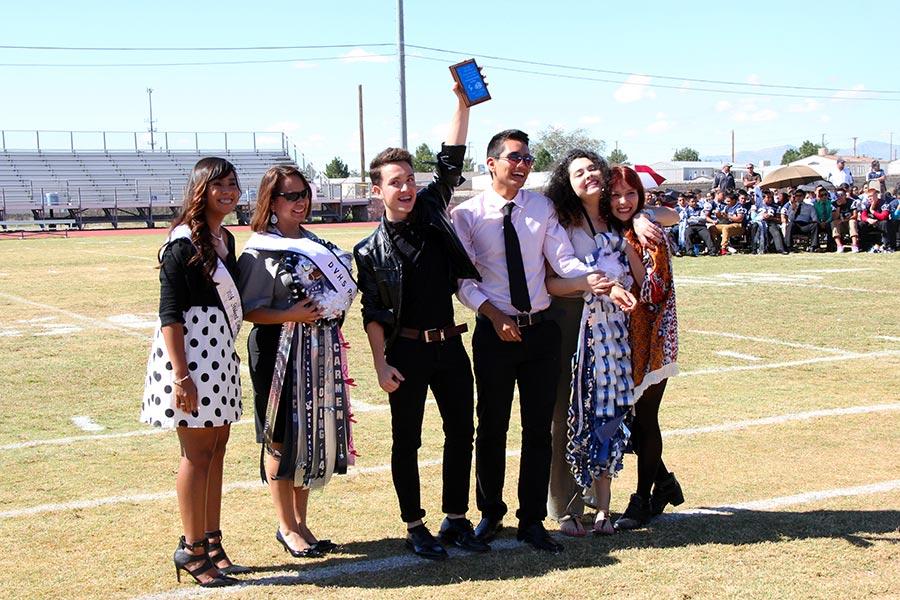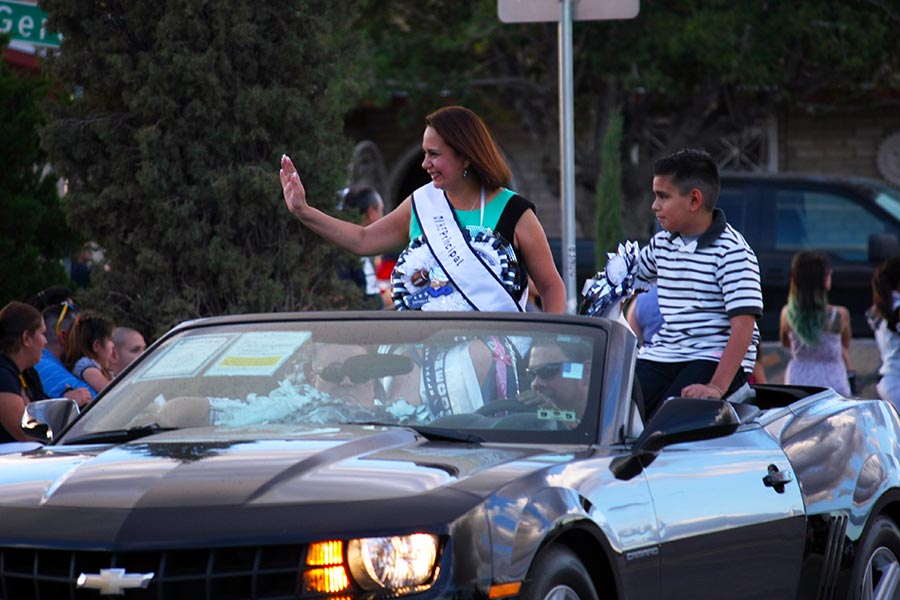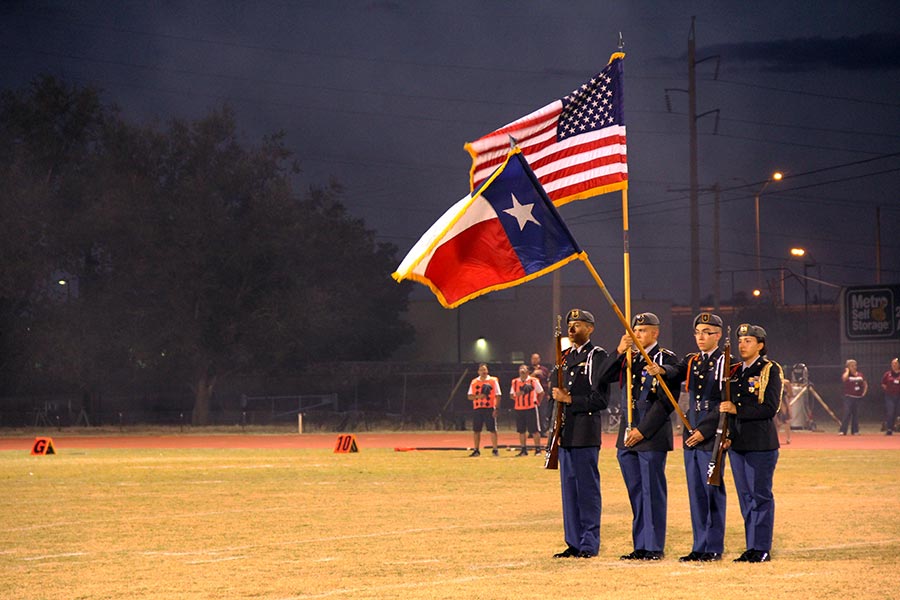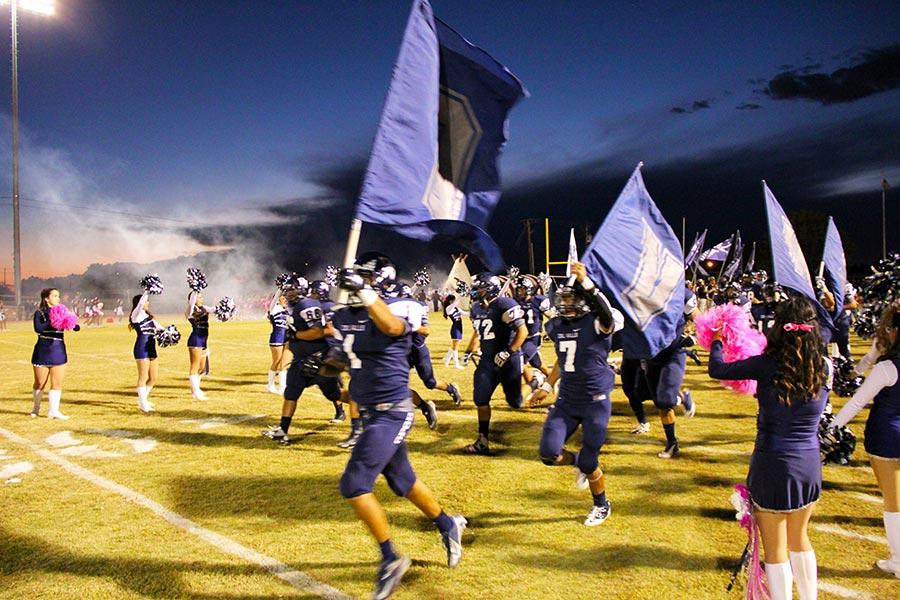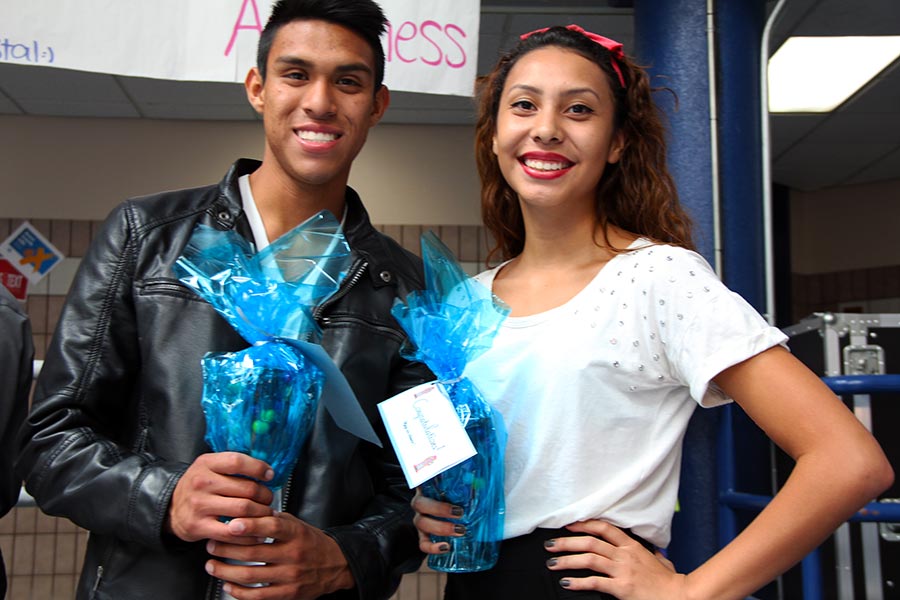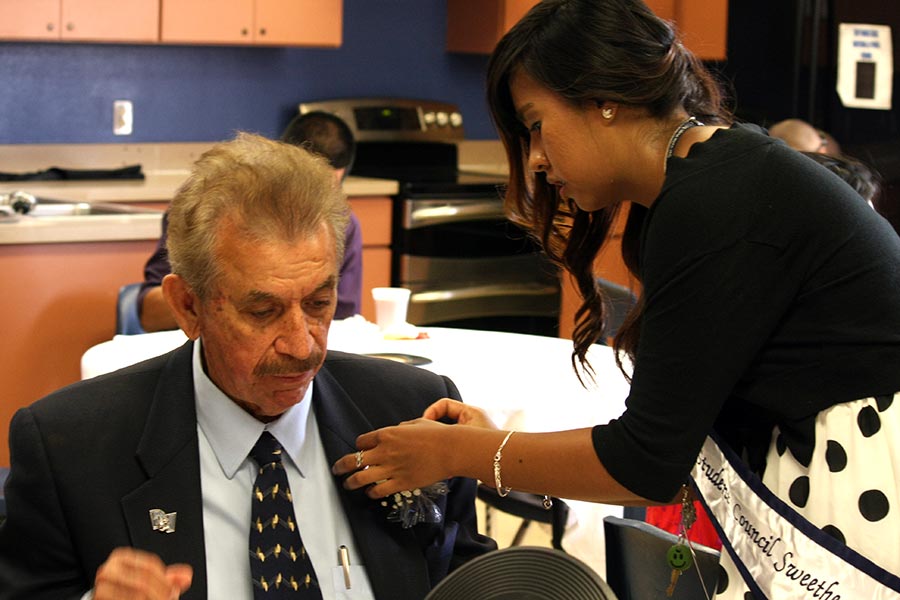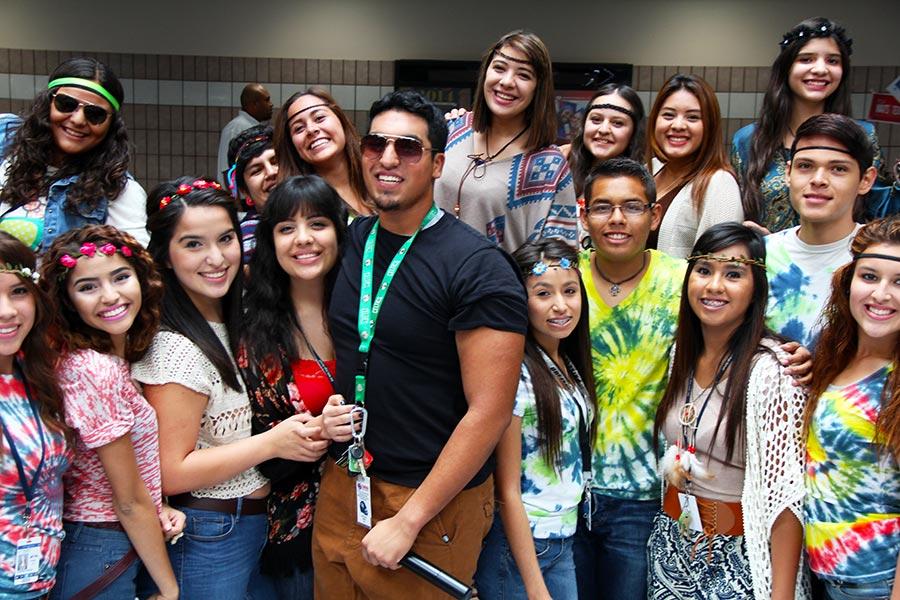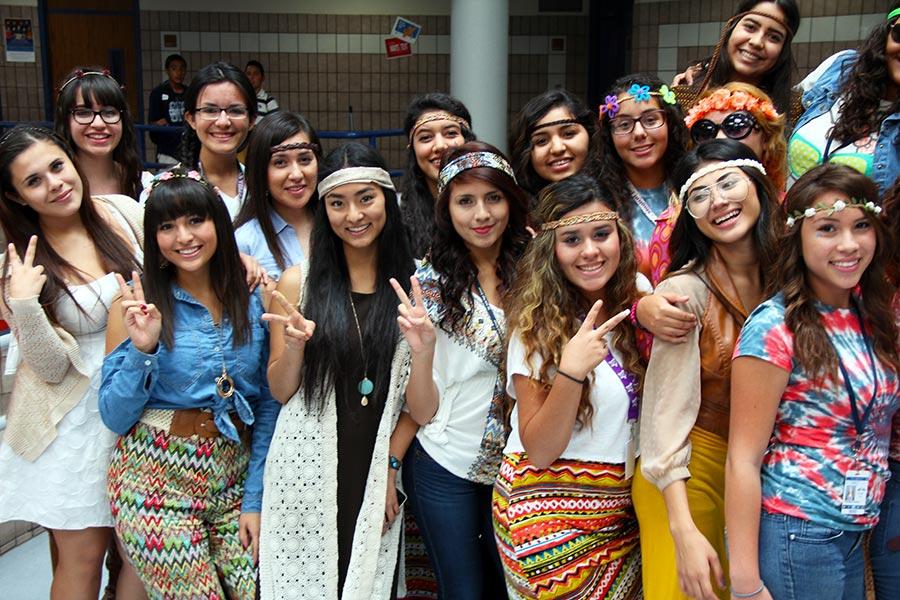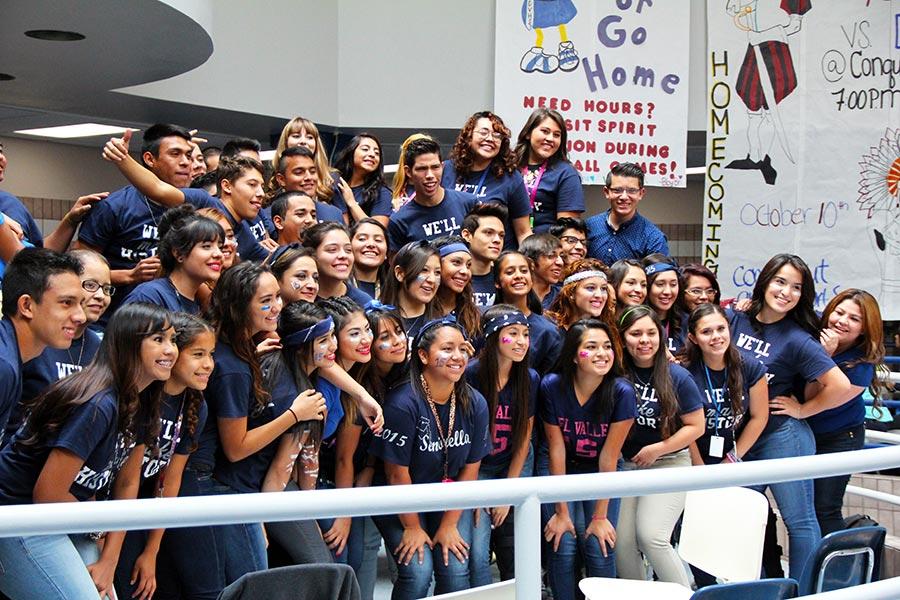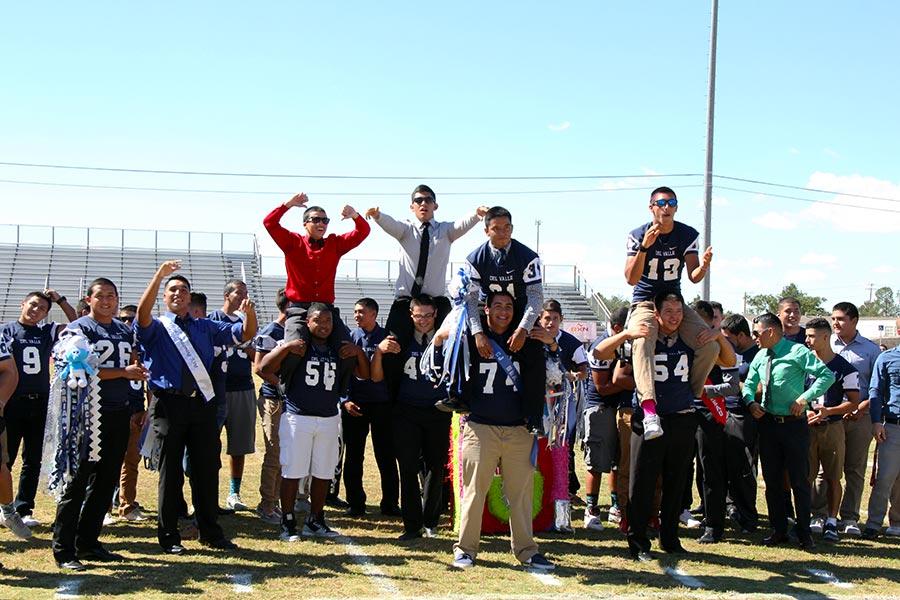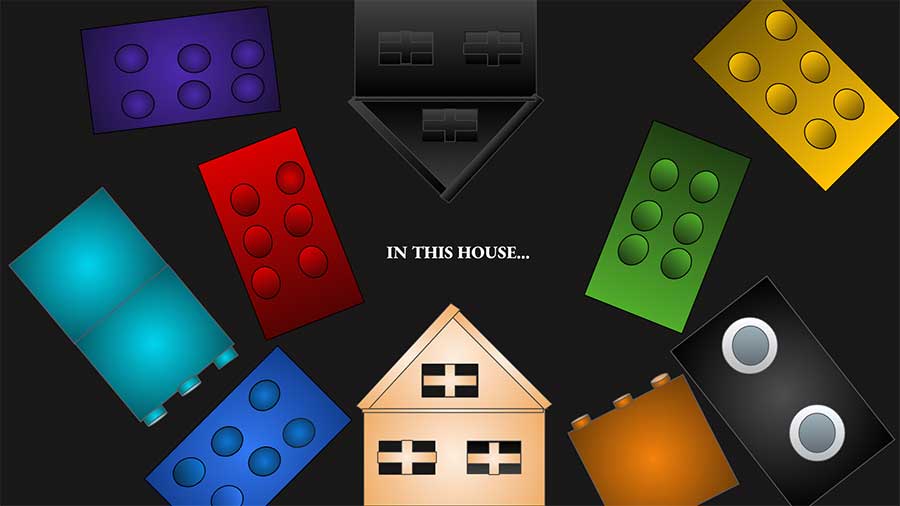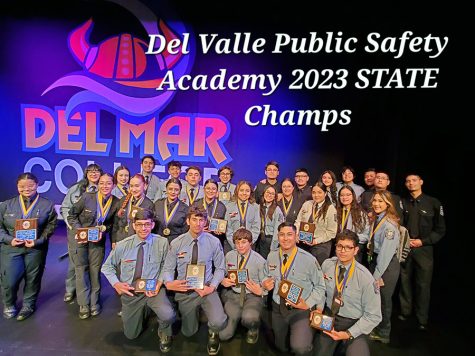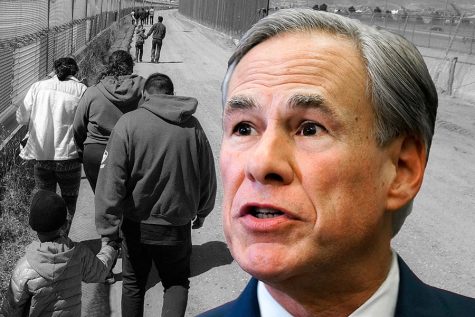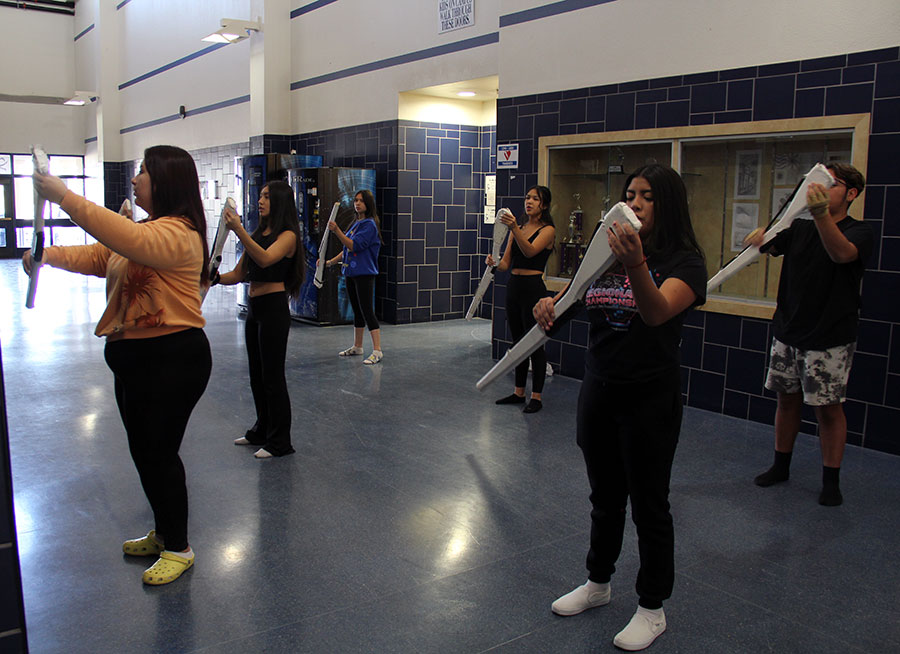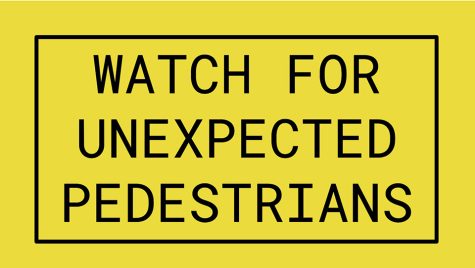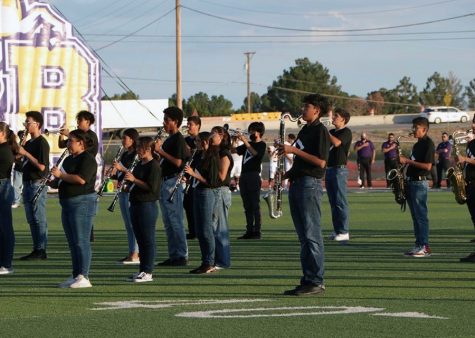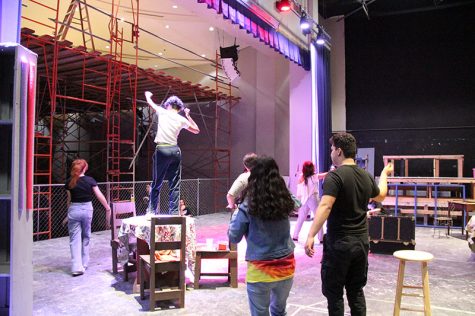Administration works to alleviate congested halls, cafeteria
Freshmen an sophomores in the cafeteria during “A” lunch.
April 3, 2018
Out of 2,010 students, nearly 700 are transfer students. These students impact the school in many ways. The halls and the cafeteria are more congested.
“(If there were less students), there would be less kids in the hallways walking slow and less kids messing around,” junior Alexandria Alvarado said. “There are too many students attending (this school).”
The cafeteria and the foyer are often packed during “A” lunch so students have to either hurry to eat their food or risk arriving late to class.
“I struggle to get lunch from the cafeteria because the lines are so long, so I go get food from the foyer,” freshman Jazlynn Soria said. “But I still can’t manage to eat my food, so I have to rush to eat it on my way to class and that causes me to be late.”
Administration is aware of the problem.
“(Principal) Acuña is trying to hire more people (so we can) serve food to the students faster,” cafeteria assistant manager Tommy Hernandez said.
Even though the school seems crowded it can accomodate almost 500 more students.
“The schools capacity is 2,500 — we have less,” Principal Antonio Acuña said. “I think the only reason that students are late and (halls) are crowded is because they stop to talk to their friends.”
Administration is working to decrease the number of tardies and make more room for students to walk while transitioning to class.
“We want to fix scheduling and spread kids around,” Acuña said.
Additionally, the amount of students in each class is in the medium range which allows for a productive classroom environment.
“The student to teacher ratio is 20 to 25 students per class and that’s a really good number,” Acuña said. “It improves everything because teachers can pay more attention to their students.”

